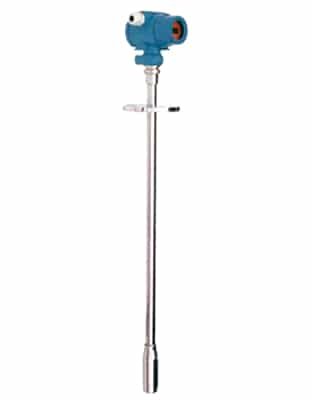Related Tools
- Absolute pressure-Gauge pressure Converter
- Pressure Unit Converter
- Hydrostatic Pressure Calculator
- Differential Pressure Calculator
- Pressure Transducer 4-20ma Output Calculatorr
User Guide
This calculator and conversion scale is used to determine the height of a column of liquid from the pressure generated at the bottom of the liquid column and show a custom pressure to liquid depth conversion scale.
Formulas
The calculation formulas used for this tool are:
L = P / (ρ x g)
ρ = ρ0 x SG
Symbols
- L = Liquid height
- P = Pressure
- g = local gravity (e.g. standard = 9.80665ms-2)
- ρ = Density of liquid
- ρ0 = Density of fresh water (1000 kgm-3 @4°C)
- SG = Specific gravity of liquid (e.g. fresh water = 1)
Hydrostatic Pressure
Enter the pressure reading measured at the base of the fluid column. It is assumed that the pressure value is the difference in pressure between the measurement point and the top of the fluid. In most applications this will be the measured pressure since the top of the fluid column is vented to atmosphere, and the pressure is typically measured in relation to atmospheric pressure. If the top of the liquid column is sealed, it will be necessary to detemine the pressure difference to correct for any positive or negative pressure acting on the liquid surface.
Specific Gravity (SG)
Enter here the ratio of liquid density compared to the density of fresh water (1000 kg/m3). The default value is set to an SG of 1.00, which corresponds to fresh water at 4 degrees Celsius.
Local Gravity (g)
Enter the acceleration due to gravity for your geographical location in metres per second per second (ms-2). The local gravity is dependent on several factors such as latitude, height above sea-level, local geological density, etc… Refer to your national geological survey data for your location or use this local gravity calculator to determine a close approximation. The default value is set to 9.80665 ms-2 which is standard gravity.
Height of Liquid Column
This is the calculated height of fluid above the point at which the pressure is measured.










